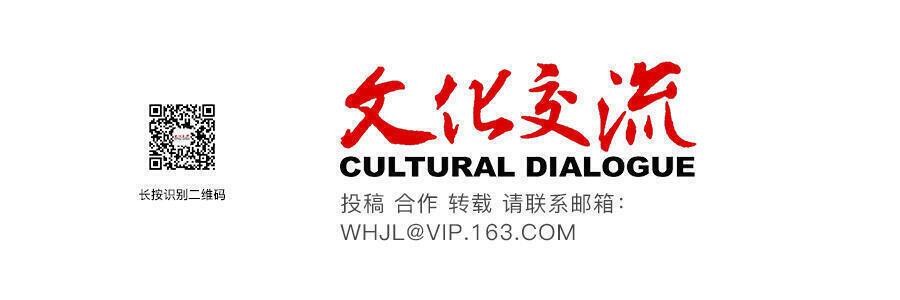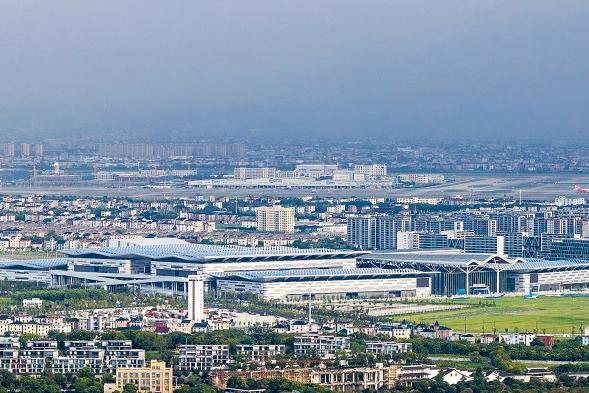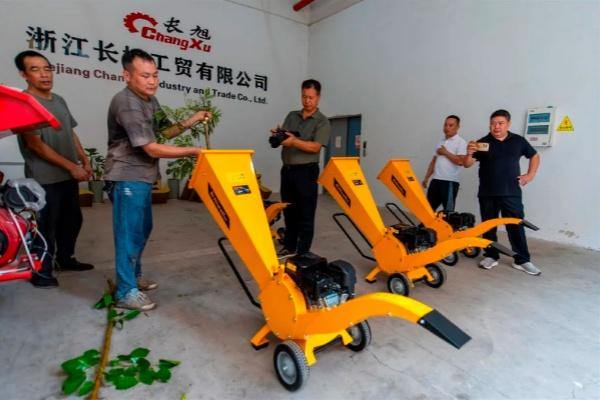Sixiang was an integral part of the Qiantang prefecture (present-day Zhijiang district of Hangzhou) in the agrarian age, and is a transportation hub connecting Hangzhou with Fujian and Jiangxi provinces. Seated near the Tongjian Lake in Sixiang, Hubuli is the conduit linking downtown Hangzhou with Fuyang, and is a breathing time-capsule of history and culture. Intriguing legends and tales about emperors and many cultural notables, together with the “Top 10 Attractions of Hubuli” and seasonal treats from the West Lake and the tea fields, all contribute to the captivating charm and mystery of Hubuli.
In the late years of Ming dynasty (1368-1644), Sixiang rose to fame for producing four “Jinshi” (successful candidates in the imperial examinations of feudal China): Ge Yinliang, Chen Zhihuang, Zheng Shangyou, and Feng Laipin. The legacy of Chen Zhihuang, from Shuangliu Village, can be seen by people today at the Xiangshan Campus of China Academy of Fine Arts.
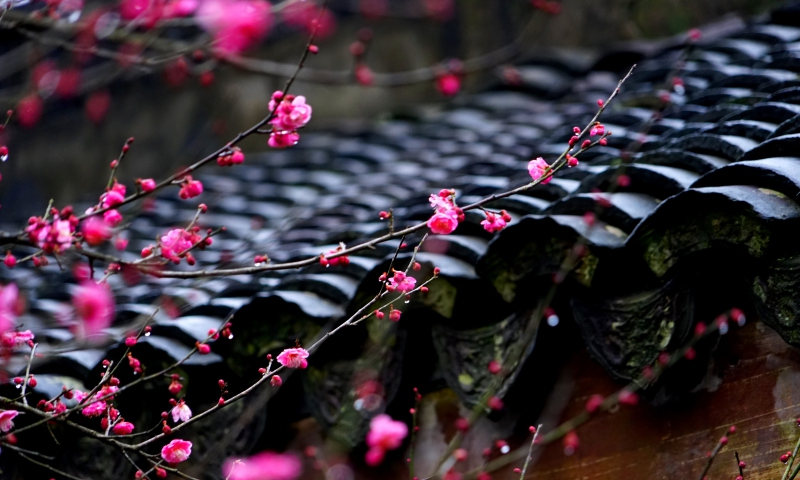
Before he made his name, Feng Laipin was a woodcutter making a living by selling firewood. One day when he was taking a rest on his way to the marketplace in Lingjiaqiao, he vowed to turn the rugged mountain footpath he had to take so painstakingly every day into a flat one. Years later, Feng’s childhood friend jokingly challenged him: “Now that you have gone up in the world, did you forget what you promised?” “Now I am on a sedan chair; and for me it is not a rugged journey anymore,” said Feng.
A bridge called “Unselfish Bridge” on the Hubu River was built by Feng Laipin to remind later generations of the importance of having a caring heart for the other people. He also kept his promise of building a pavilion each time he got a promotion. One of the three pavilions he ordered to be built can still be seen in Hubuli.
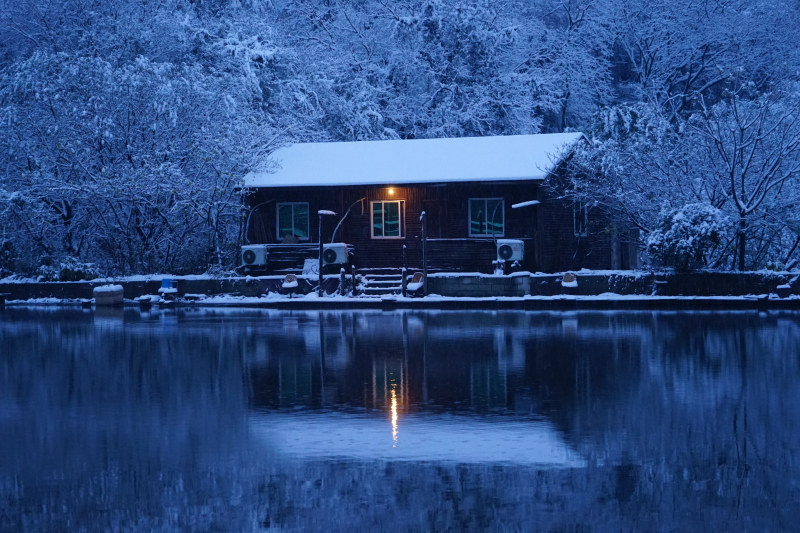
Tanshan Hill, south of Hubu Village, drew Zhu Xi (1130-1200), a great Song-dynasty synthesist of philosophy of principle, three times. The result of one of the scholar’s visits is the only stone inscription the master philosopher left in Hangzhou.
A stone cavern called Qingxu also adds to the mystery of the hill. Legend has it that the mooing sound the locals claim to have heard in the cave is because a bull was once here. The cave is also called “Cave of Immortals”. The locals believe in a story about a young man who went into the depths of the hill to chop firewood and chanced upon two old man playing chess in the cave. He put the axe away and watched the game with great interest until the game was over, without realizing how long he had been sitting there. He went back home, and found hundreds of years had elapsed. The only thing he remembered was a peach he ate when watching the game. The story about immortals may sound cliché, but the stone checkerboard is still recognizable in the cave.
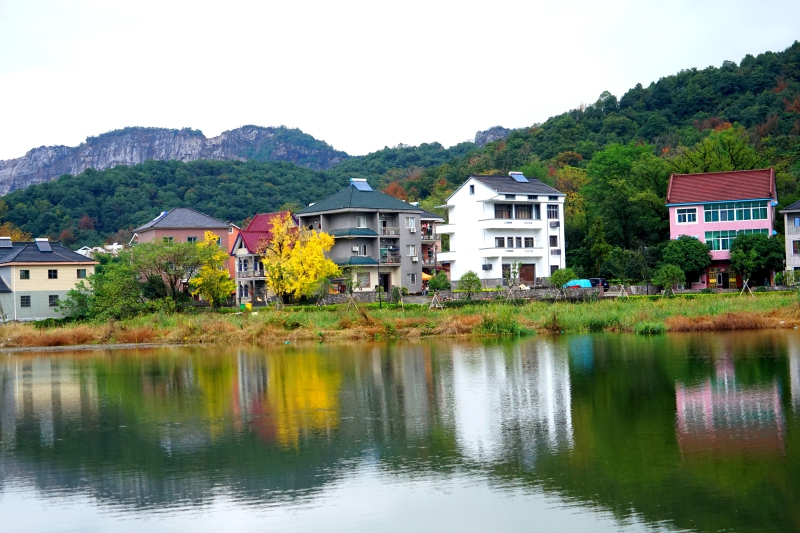
One of the top attractions of Hubuli is the Wind and Water Cave. As the name suggests, there is water running through it. Outside the cave there is a temple called Ciyan, although the locals also call it Ende Temple. During his term of serving as Hangzhou governor, Bai Juyi (772-846), Chinese poet of the Tang dynasty was a regular visitor at the temple and made friends with the abbot, Master Huiri. The two’s interaction and friendship was written into a host of poems by Bai Juyi.
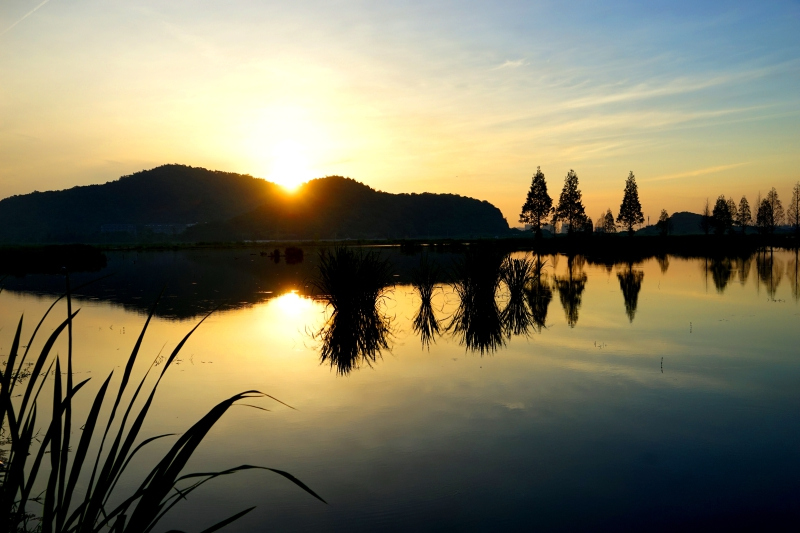
Hubuli was also a favored business and leisure destination of Su Dongpo (1037-1101), the great Northern Song poet and scholar, during his two tenures in Hangzhou. One of the man’s poems can be seen at the entrance of the Wind and Water Cave, suggesting that he spent some happy, relaxed time there.
The Dingshan Village he mentioned in the poem is the present-day Lingjiaqiao Village in Zhuantang, Hangzhou. Su Dongpo also taught the Hubuli people how to make a better life by raising geese. Instead of writing a detailed document, of course, he wrote a poem to communicate with the villagers.
